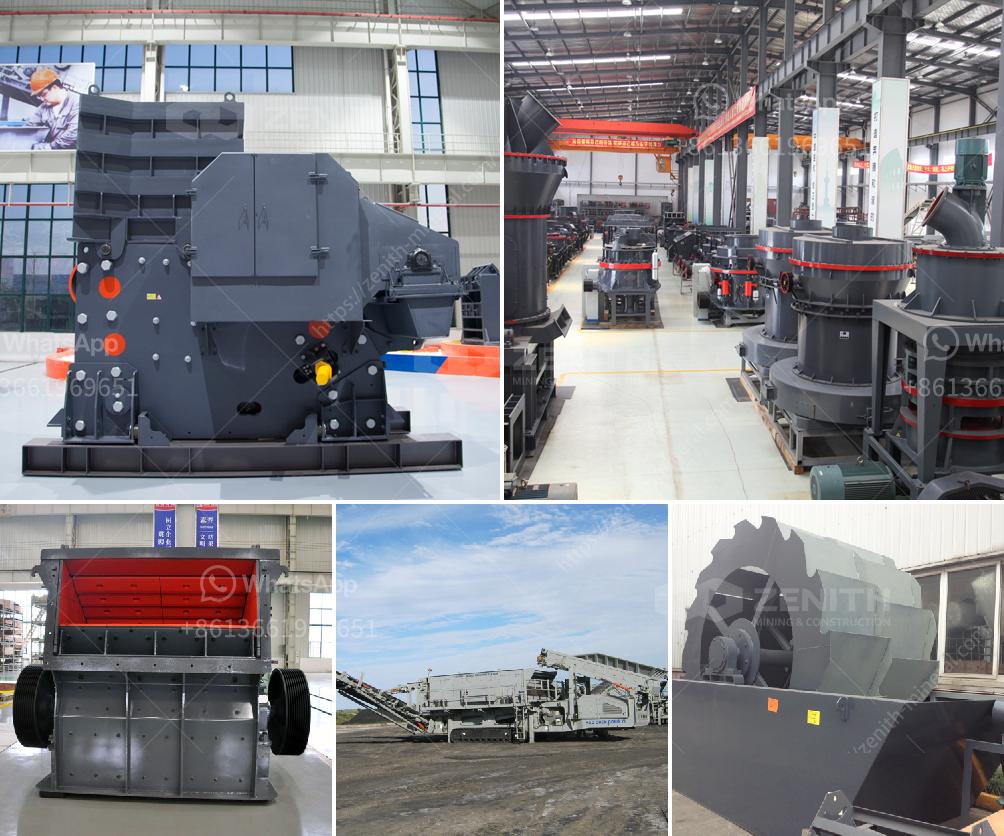The difference between a tube grinder and a ball mill lies in their design, application, and operational characteristics:
-
Design and Structure:
- Tube Grinder: Typically cylindrical in shape, tube grinders (or tube mills) have a length-to-diameter ratio that is significantly greater than 1. They are designed to contain a cylindrical grinding medium, such as rods or balls.
- Ball Mill: Ball mills also have a cylindrical shape, but they have a length-to-diameter ratio of 1 to 1.5 or less. The mill contains balls that tumble and grind the material inside the drum.
-
Grinding Medium:
- Tube Grinder: Can use various grinding media like rods (rod mills) or balls. The grinding medium is long compared to its diameter.
- Ball Mill: Exclusively uses spherical balls made of various materials such as steel, ceramic, or rubber.
-
Applications:
- Tube Grinder: Commonly used in cement production to grind clinker and raw materials. It’s also suitable for grinding ores, coal, and other hard materials in mineral processing.
- Ball Mill: Used widely across industries for tasks such as mineral dressing, production of cement, pyrotechnics, and manufacture of black powder. It’s ideal for both wet and dry grinding processes.
-
Grinding Efficiency:
- Tube Grinder: Known for its more efficient grinding of finer particles due to the larger grinding surface provided by the cylindrical medium.
- Ball Mill: Efficient in grinding relatively coarse particles and often used to produce powders.
-
Operation:
- Tube Grinder: Generally operates at a slower rotational speed compared to a ball mill, in part due to its larger size.
- Ball Mill: Run at moderate to high speeds, often near 70-80% of critical speed, which allows for efficient grinding.
-
Maintenance and Scale:
- Tube Grinder: Typically used in large-scale industrial applications and may require significant maintenance efforts.
- Ball Mill: Can be found in both large-scale industrial settings and smaller laboratory setups, often easier to clean and maintain due to their proportionally smaller size.
By understanding these distinctions, one can select the appropriate grinding equipment for specific industrial needs and material characteristics.

